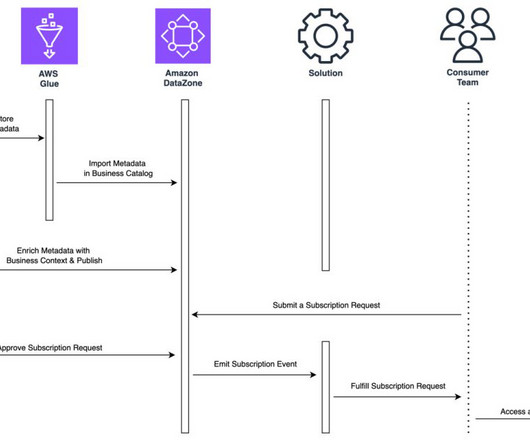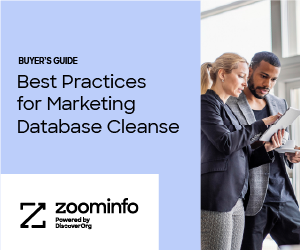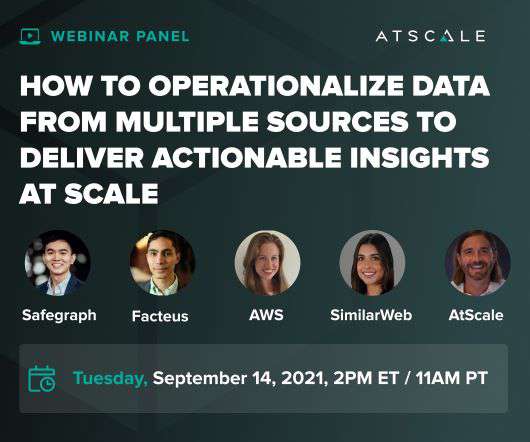CDOs’ biggest problem? Getting colleagues to understand their role
CIO Business Intelligence
MAY 7, 2024
Chief data officers have a lot to think about these days. Chief among them, they must ensure responsible, compliant use of their organizations’ data in the face of increasingly complex regulatory environments across the globe. At the end of the day, it’s all the company’s data or the consumer’s data,” he adds.



















Let's personalize your content